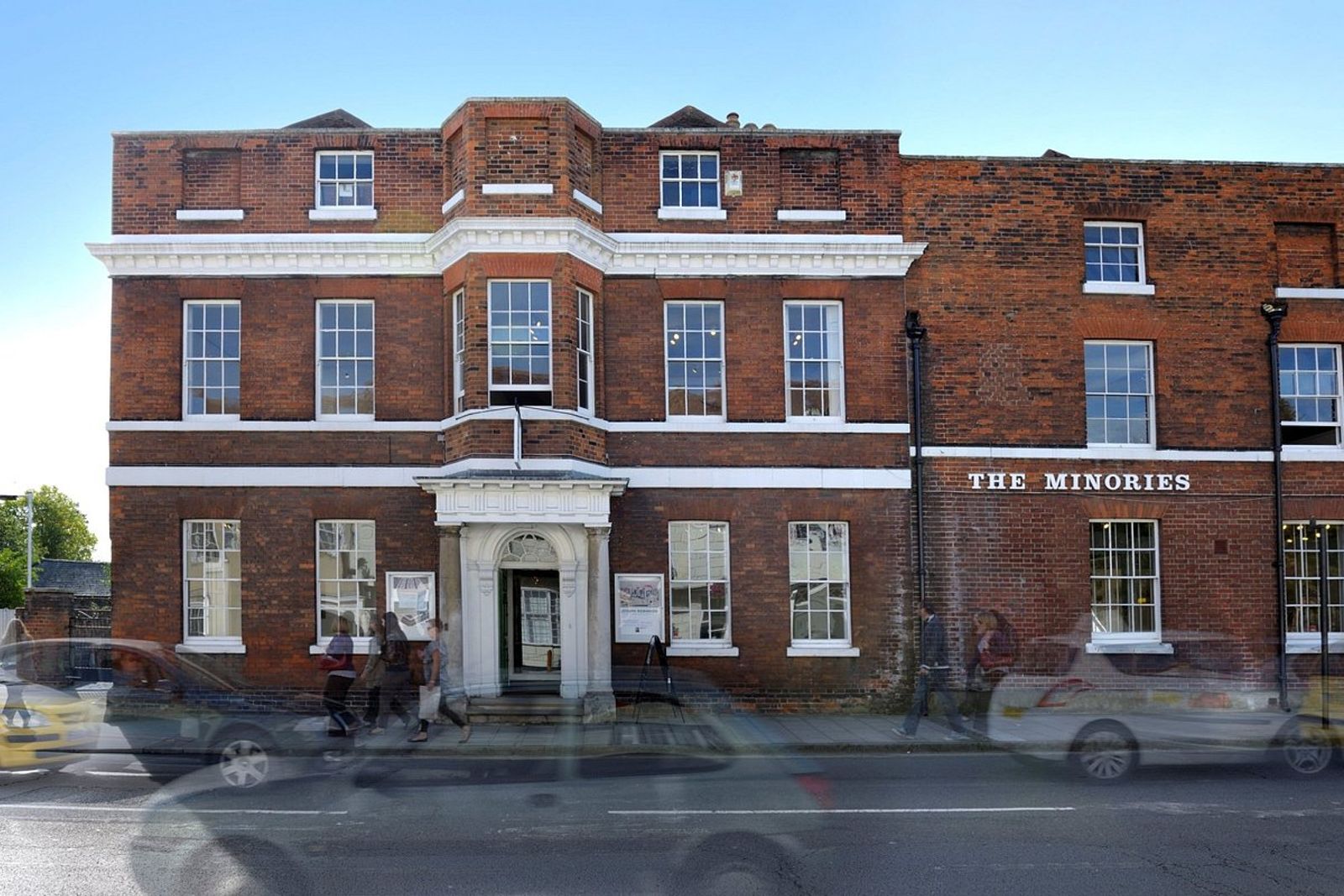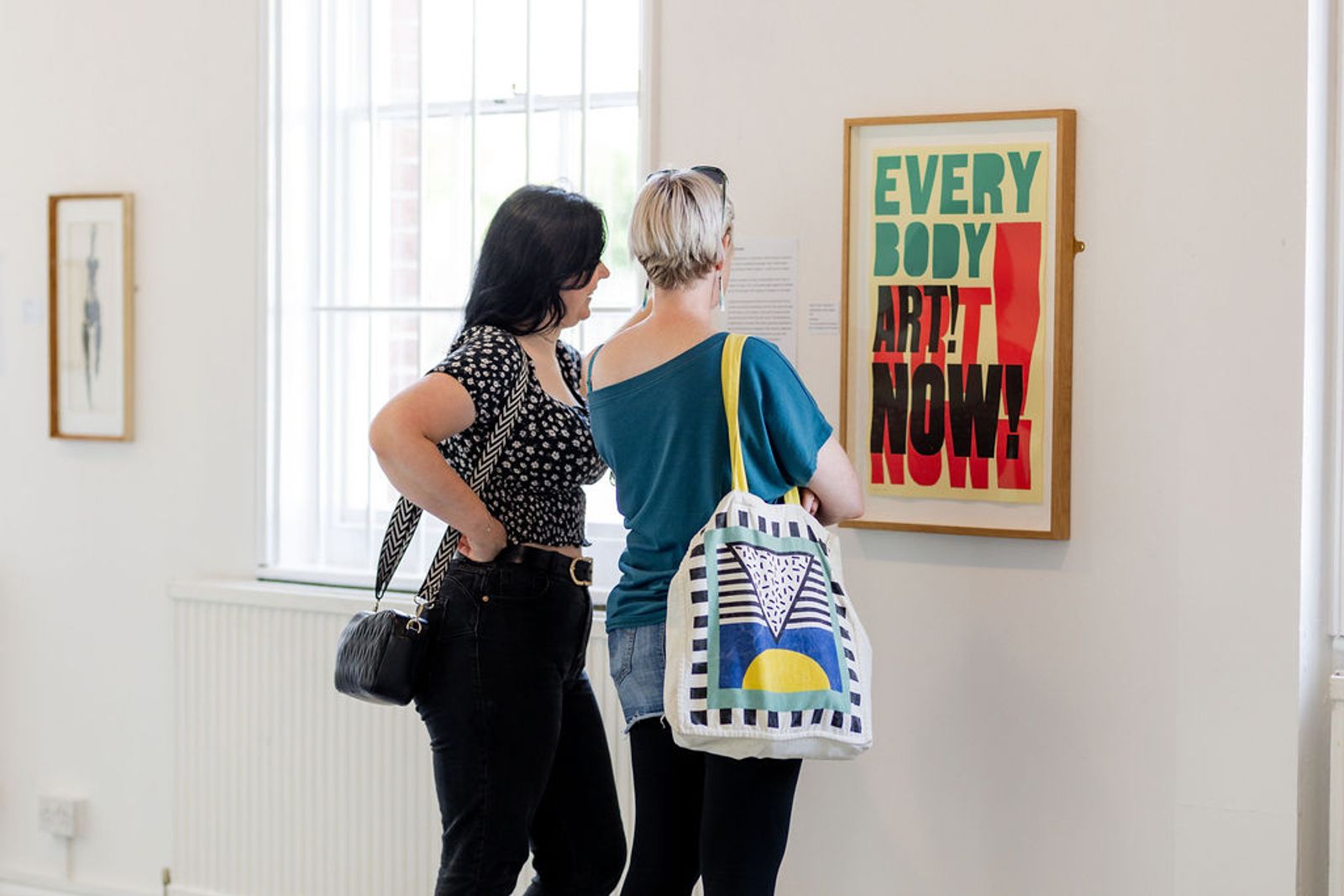The Minories is an arts charity and gallery in an historic townhouse in central Colchester.

Colchester's oldest gallery
Colchester born Clarence Victor Batte-Lay was an avid collector of paintings and furniture. After the death of his wife in 1955, the VBLF was established with the instruction that ‘An ancient building of antiquarian or archaeological interest’ be bought in her late husband’s memory, to house and exhibit his collection ‘for the benefit and advantage of the inhabitants of Colchester’.
74 High Street has long been an essential part of any visit to the town center, and in the warmer months it’s secluded garden is a particular delight. To discover its peace and calm for the first time is a memory that certainly seems to remain in many visitors’ hearts. Inside, in the galleries and reception rooms, elegant spaces can be found ideal for quiet, visual contemplation.
The Minories is an arts charity and gallery in an historic townhouse in central Colchester.

The Minories is formed of two connected charities. The building and collection of East Anglian Art is owned by the Victor Batte-Lay Foundation. The spaces and creative programme are run by the We are the Minories charity.

